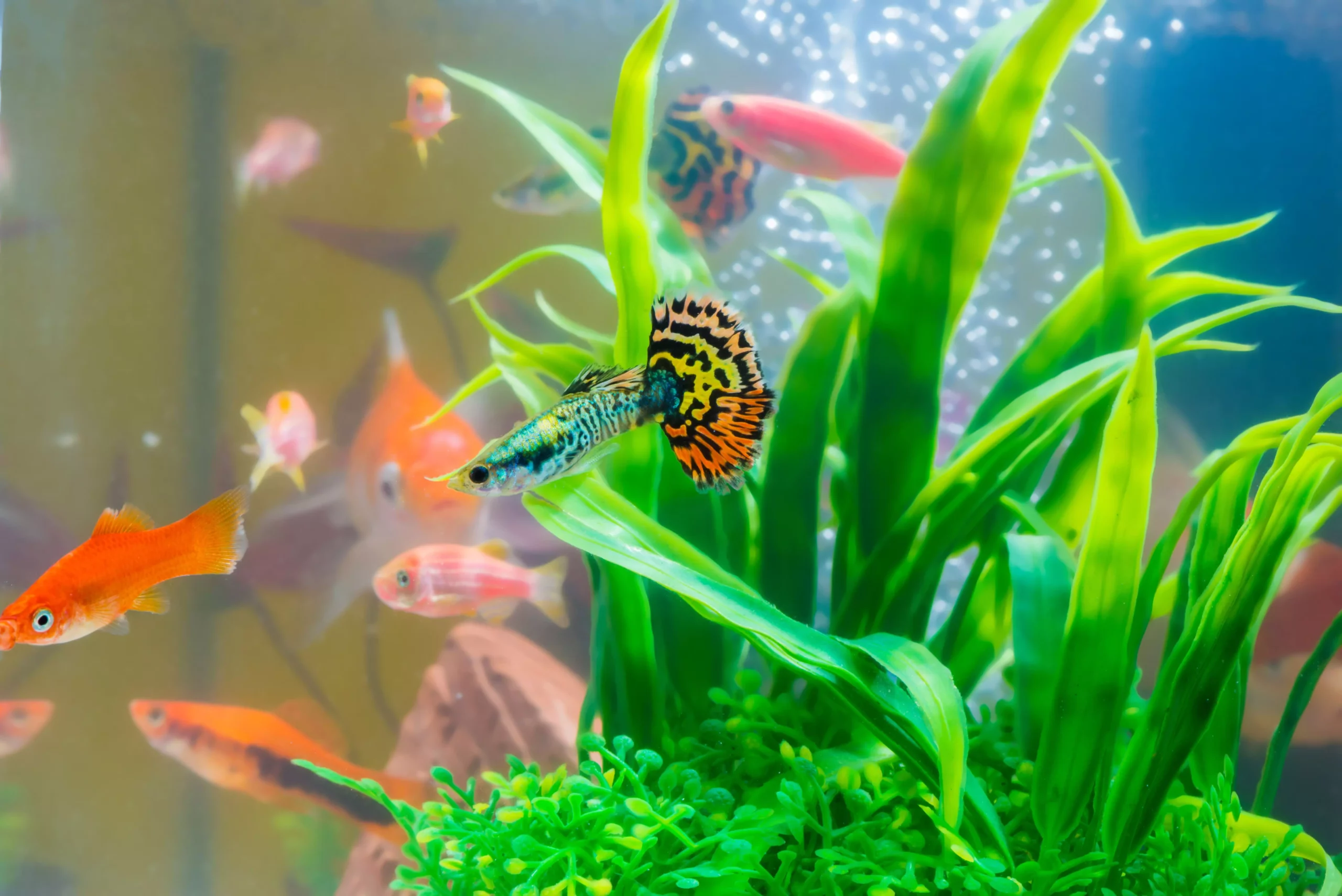Fish are remarkable creatures that have adapted to life in aquatic environments, showcasing diverse and efficient movement strategies. The primary method through which they propel themselves through water involves a combination of body movement and fin action. While the fins serve mainly as stabilizers—apart from the tail fin, which is responsible for generating thrust—the head initiates a wave-like action that runs along the body, culminating in a powerful flick of the tail which propels the fish forward. Under moderate to swift swimming conditions, the dorsal and anal fins play a significant role in maintaining stability, preventing the fish from rolling over. Meanwhile, the paired fins facilitate braking and directional changes. Conversely, during slow swimming or when remaining stationary, the pectoral fins come into play. Interestingly, in many species, these pectoral fins are often nearly transparent, a trait that aids in camouflage and allows for discreet movement when the fish is at rest.
Some fish, like the Siamese fighter, exhibit uniquely contrasting characteristics: their vibrant body colors can overshadow the typically subtle movements of their fins, demanding a keen eye to appreciate the full range of their motion. Though most fish rely predominantly on their body and tail for swimming, a few species, such as certain African Cichlids and Sticklebacks, utilize their pectoral fins for propulsion, demonstrating a fascinating deviation from typical swimming mechanics.
Maintaining equilibrium while swimming involves several intricate systems within the fish’s body. The inner ear, a vital component of balance, comprises sensitive structures that communicate orientation and movement to the brain. These balancing organs contain otoliths—tiny bones that shift with movement, providing the fish with crucial feedback regarding its position in the water column.
Muscle action also contributes substantially to balance. Muscles relay positional information, while the lateral line system—a sensory structure in fish—further enhances their ability to perceive their surroundings. Recent studies suggest that many fish are endowed with a form of biological radar, allowing them to detect electric fields generated by nearby objects, facilitating navigation in murky waters.
Fish vision plays a critical role in their swimming behavior; they adjust their orientation based on light perception, seeking to balance the amount of light reaching each eye. This behavior is notably absent in species like the Blind Cave Fish, which lacks functional eyes but compensates with an adapted form of echolocation, reminiscent of how bats navigate in darkness. In artificial environments like aquariums, improper lighting can mislead fish; for example, submersible lights can result in unconventional swimming patterns as fish align themselves relative to the light source, potentially leading to stress or disorder.
The metabolic rate of fish—defined by their energy usage, heat production, and oxygen consumption—plays a pivotal role in their survival and interaction within ecosystems. As cold-blooded animals, fish experience metabolic changes in response to water temperature. Unlike mammals, which maintain a constant internal temperature, fish’s bodily processes accelerate at higher temperatures, driving an increase in hunger and activity levels.
One interesting aspect of fish metabolism is the dual influence of temperature and activity. Warmer waters fuel higher energy consumption, as active fish require more energy to sustain their enhanced movements and physiological processes. However, this heightened activity has its limits; warmer waters carry less dissolved oxygen, influencing the fish’s respiratory efficiency. Around 80°F, many fish reach their peak oxygen consumption and most robust appetite, coinciding with optimal breeding conditions.
Additionally, fish age affects metabolic rates. Younger fish exhibit faster growth rates and higher oxygen and food consumption relative to their size. Particularly among female livebearers, oxygen demands can surge, necessitating attentiveness from aquarists to ensure an adequate supply.
Among the myriad of adaptations seen in fish, the labyrinth organ of Anabantids – commonly known as Labyrinth Fish – stands out. These unique creatures possess the ability to extract oxygen directly from the air due to their specialized anatomy. Residing primarily in warm, stagnant waters, they have developed an innovative system to inhale atmospheric oxygen, which is absorbed via delicate membranes within the labyrinth structure.
The creation of bubble nests is an example of how these fish have adapted their breeding behavior to their respiratory needs. Consisting of a mix of mucus and air, these nests provide a secure environment for eggs, which the male diligently protects until hatching. However, for aquarists, the challenge lies in providing a well-oxygenated environment for the fry, as their oxygen needs dramatically increase post-hatching. In their natural habitats, the dispersal of newly hatched fry into vast waters alleviates competition for resources, a dynamic that is crucial for their survival.
Understanding the multifaceted adaptations of fish—ranging from locomotion and balance to metabolic processes—is essential for anyone interested in marine biology or aquarium maintenance. Awareness of these physiological nuances not only enhances our appreciation for aquatic life but also informs better practices for their care and preservation in controlled environments.

